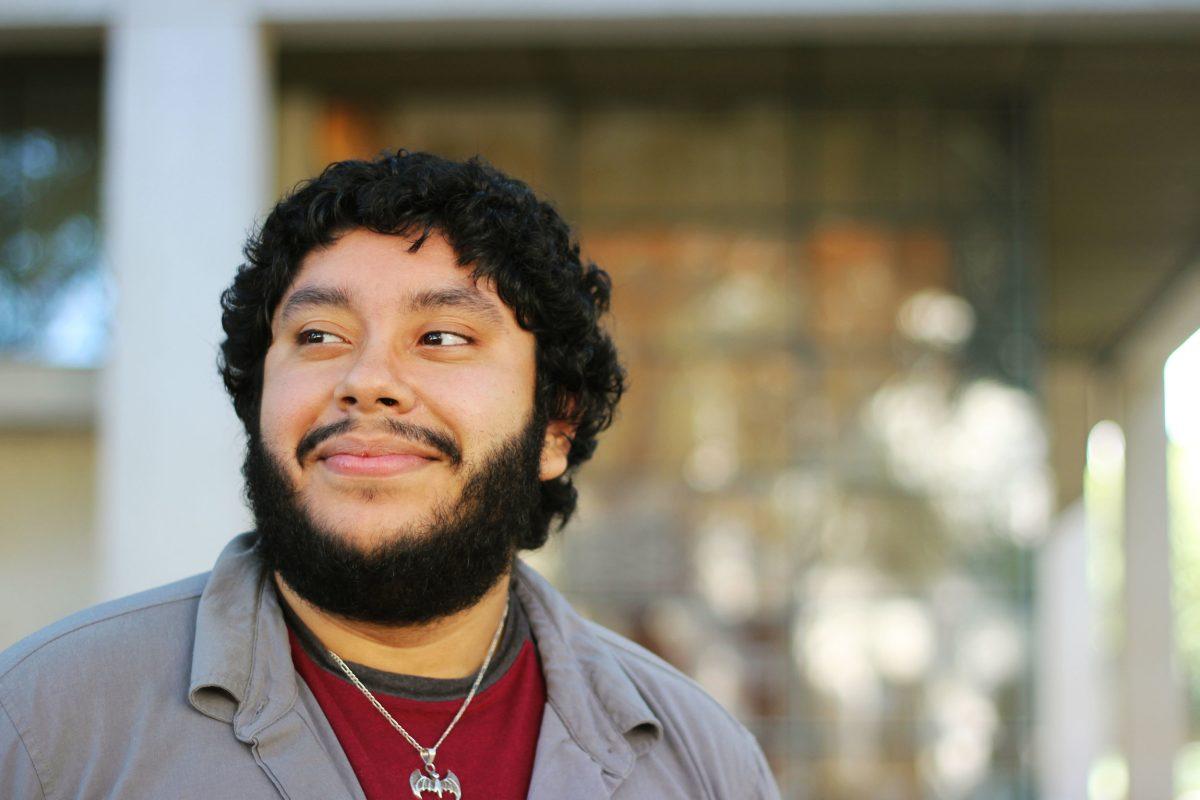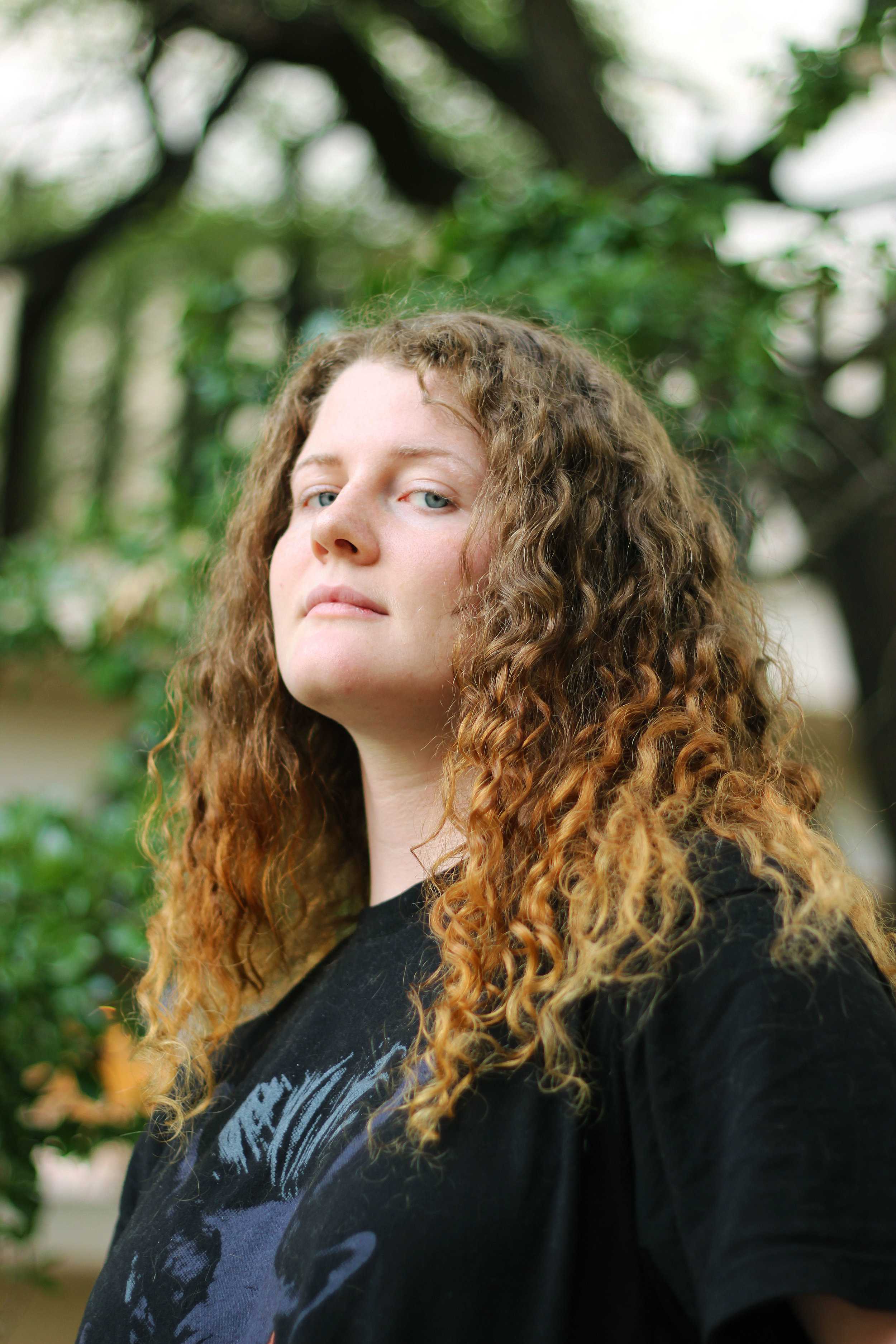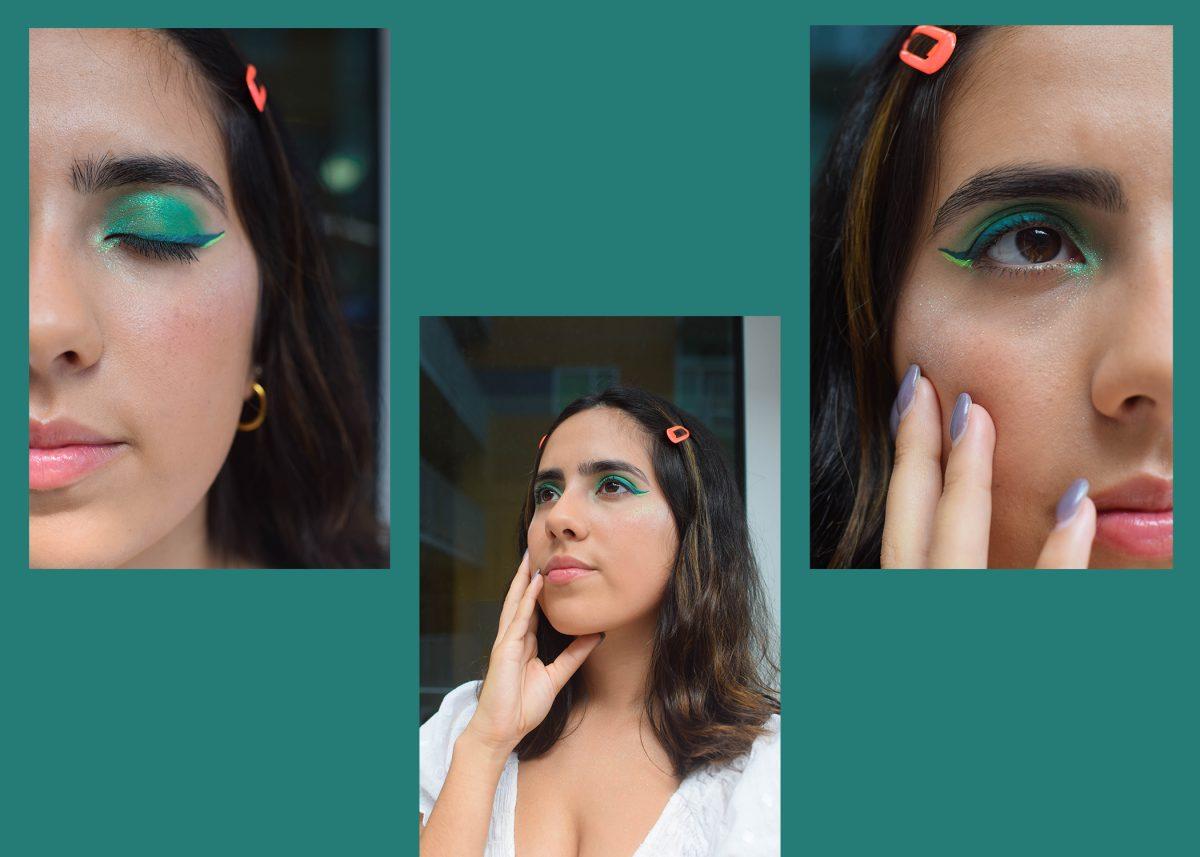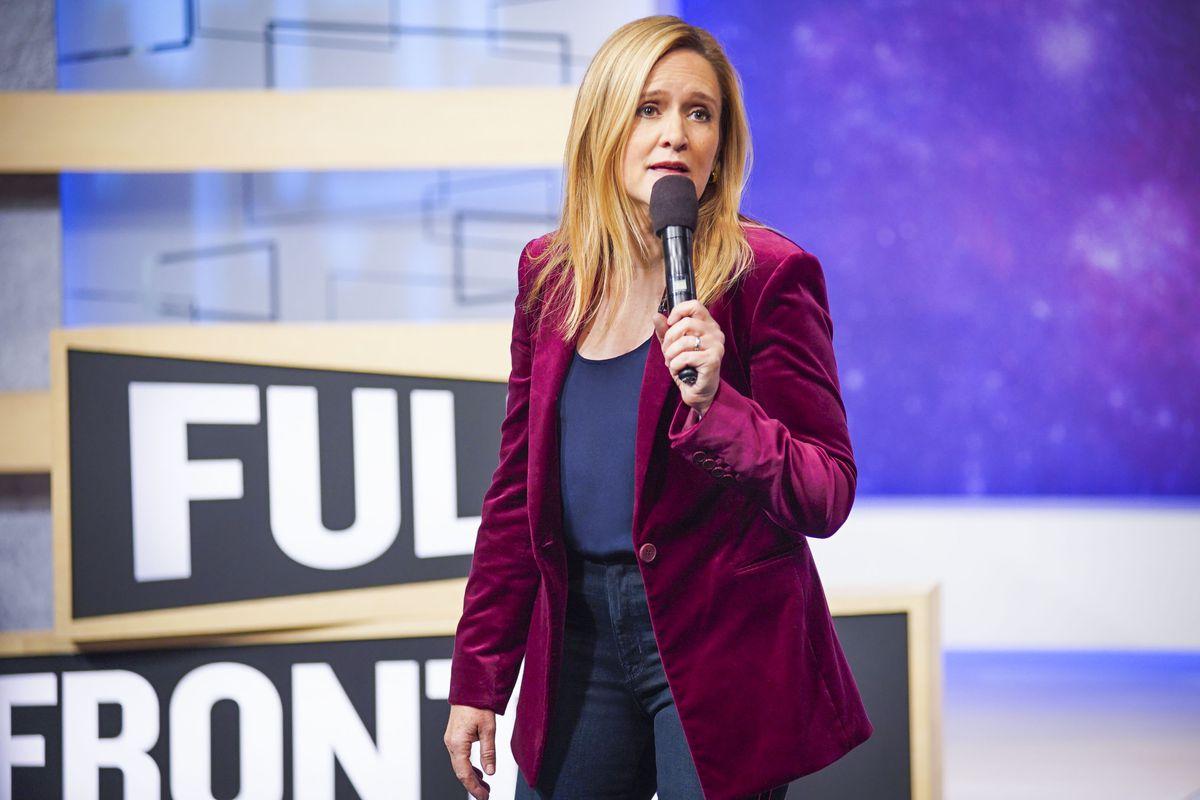On Mar. 31, the LGBTQ+ community lost a significant member. Gilbert Baker, an artist and gay rights activist during the early days of the gay rights movement, is credited with designing the rainbow flag back in 1978.
Story by Alex Puente
Photos by Kiana Fernandez
The purpose of the flag was to represent the diversity of the community, as each color held its own symbolic meaning. The original flag was composed of hot pink, red, orange, yellow, green, turquoise, indigo, and violet to represent sex, life, healing, sunlight, nature, art, harmony and spirit, respectively.
The pride flag is as significant today as it was the first time it flew at the San Francisco Gay Freedom Day Parade on Jun. 25, 1978, if not more so. Times have been tense for the LGBTQ+ community under the Trump administration, with the threat of taking away marriage equality and job protections rearing its ugly head in the White House. Given a Vice President who supports gay conversion therapy, the safety of the community is at stake. Activists like Baker inspire people in this generation to stay strong in times of adversity.
English sophomore Julio Diaz recognizes how the loss of Baker has impacted the community in this era. “I had to do a little research to understand what happened and why he was important,” Diaz says. “When I realized he was the creator of the gay flag and tried to unify people under the LGBT umbrella, it felt saddening to know that one of our warriors died, especially in this Trump era. It’s symbolic. I do feel a little empty knowing he’s not there with us.”
The existence of pride is to celebrate identities that have historically been oppressed and denied their human rights. Communities make a point to fly pride flags at parades and protests to show their self-expression in a space where they are free to do so. For many queer individuals who have grown up around environments of homophobia and transphobia, these protest spaces are opportunities to display their pride.
People outside of the community may question the need for pride and overlook the struggles faced by the community. “The bright colors give a lot of attention, which is want homophobes don’t want us to have,” psychology junior Alice Shi says. “The community is told to be ashamed of existing, with people wanting us to become straight or hide who we are. People talk about ‘straight pride’ when that’s really just existing for them. That’s a privilege within itself.”
Despite the obstacles that the LGBTQ+ community has faced to get to where it is today, the pride flag displays hope and strength. Media outlets often display the negative experiences faced by those who identify as LGBTQ+, sending a message of hopelessness to those already dealing with obstacles to their well-being.
However, the colors of the flag serve as a reminder to the fact that the community stands strong together, and having pride is something that is done as a family. “For me, the pride flag serves as a reminder to be happy about who I am,” civil engineering junior Nicole McNulty says. “Being loudly and unapologetically proud overrides the shame that so many think we should feel for who we are. It lets people know we don’t think we’re wrong, makes people less scared to come out, and in some ways has changed the way society views us.”
Gilbert lives on through the memory of the LGBTQ+ community. His heart and spirit remain alive through the pride flag that means so much for so many people. The artwork will continue to inspire activists who will make their own creations filled with hope and prosperity.
The colors of the rainbow are attached to the community, which proceeds with pride in honor of Baker. “Before I came out, I thought the pride flag was obnoxiously bright,” Diaz says. “But after I came out, I really associated with it, especially after learning what each color stood for. In comparison to before, I really like the symbolism of how bright and hopeful it is, a beacon of light. I feel comfortable waving it around or having it in my room. I feel proud of pride.”

















































